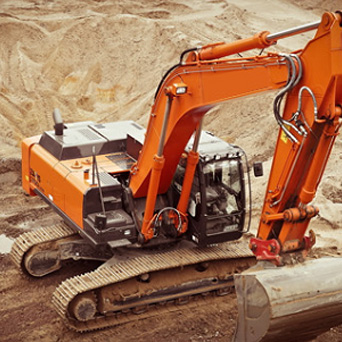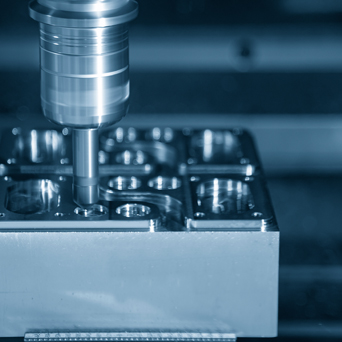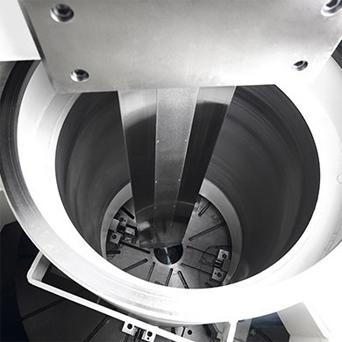Unlocking the Versatility of Double Column Vertical Lathes in Various Industries
In the ever-evolving world of manufacturing and machining, the reliance on advanced machinery has become essential to meet the demands of precision and efficiency. A prime example of such a game-changing technology is the Double Column Vertical Lathe. With its ability to revolutionize traditional turning operations, this cutting-edge equipment has made its way into an array of industries, boosting productivity, accuracy, and cost-effectiveness. Let's dive into the applications and sectors where the Double Column Vertical Lathe shines brightest.
The Rise of Double Column Vertical Lathes in Industrial Applications
In today's fast-paced industrial landscape, Double Column Vertical Lathes have emerged as a go-to solution across numerous sectors. From heavy-duty manufacturing plants to automotive components, this advanced machine has proven its mettle in various applications. The capability to handle large workpieces and perform precise turning, milling, and drilling operations in a single setup has made it a popular choice for industry professionals worldwide.
One of the primary areas where these lathes excel is the machining of complex and heavy parts for wind turbines. With the rising demand for renewable energy, the wind power industry requires efficient and accurate manufacturing processes. Double Column Vertical Lathes handle the intricate operations involved in producing main shafts, hub flanges, and other crucial components with ease, ensuring optimal performance and reliability.
Unleashing Enhanced Precision and Efficiency with Double Column Vertical Lathes
When it comes to achieving precise and intricate machining, Double Column Vertical Lathes present unmatched capabilities. These machines feature robust designs that offer exceptional stability, minimizing any potential vibrations that could affect the final product's quality. The vertical configuration, coupled with vertical tool holder magazines, provides superior tool access and changeover speed, ultimately reducing downtime and increasing productivity.
The aerospace industry is one sector that relies heavily on the accuracy and precision offered by the Double Column Vertical Lathe. Engine components, landing gear parts, and turbine disks are just a few examples of the complex pieces that require utmost precision. With the ability to handle high-speed turning, milling, and threading operations, these lathes play a pivotal role in meeting the stringent quality standards demanded by the aerospace sector.
Exploring Key Sectors Benefitting from Double Column Vertical Lathes
Apart from the wind power and aerospace industries, other sectors have also witnessed substantial benefits from the integration of Double Column Vertical Lathes. The manufacturing of heavy-duty machinery, including presses, forging machines, and hydraulic cylinders, greatly benefits from the hefty capacities and stability provided by this innovative equipment. Additionally, both the oil and gas industry and the railway sector rely on these lathes for the machining of large bearing rings, turbine casings, and railway wheels, respectively.
With the ongoing advancements in automation and robotics, the integration of Double Column Vertical Lathes has further streamlined operations in sectors such as automotive, where precision and efficiency are keys to success. These lathes significantly contribute to the production of transmission gears, shafts, and brake components, enhancing overall productivity while maintaining uncompromised quality standards.
As the demands for efficiency, precision, and cost-effectiveness continue to rise, the Double Column Vertical Lathe has undoubtedly emerged as a crucial player in the manufacturing and machining industries. Its versatility, high-performance capabilities, and unmatched precision have made it an irreplaceable asset in sectors spanning from wind power and aerospace to automotive and heavy machinery production. The Double Column Vertical Lathe stands tall as the epitome of next-generation machinery in the modern industrial landscape.
-
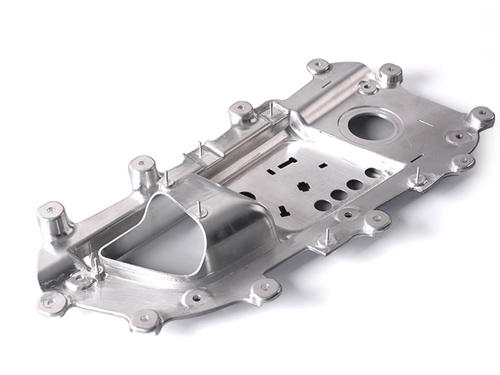
Characteristics and Advantages of Different Types of CNC Machine Structures
CNC machines have revolutionized the manufacturing industry by streamlining processes and enhancing precision. One crucial aspect that influences their performance is their structure. In this blog, we... -
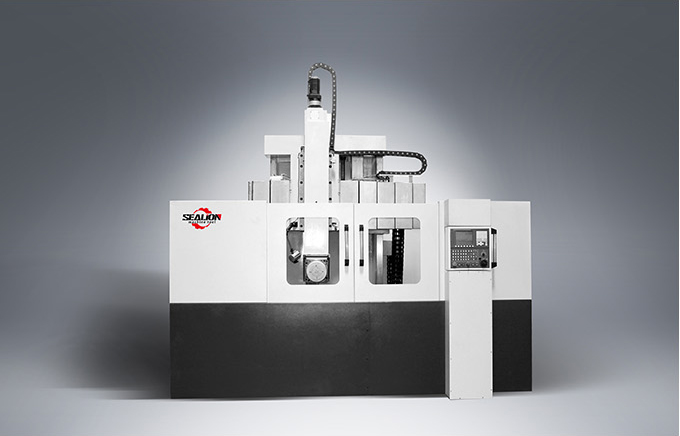
Vertical Lathe Manufacturers: Vertical Lathe Production and Processing is an Ideal High-efficiency Machine Tool for the Production and Processing Industry Chain
The vertical lathe has compact processing structure, beautiful appearance, easy operation, low material consumption, low cost of cutting blades, and convenient maintenance, which is an ideal high-effi... -
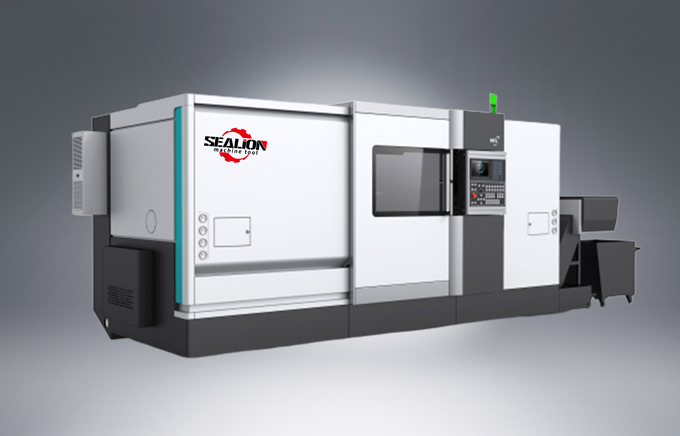
Operations and Capabilities of Sealion's Horizontal Lathe Machines
In modern manufacturing industries, horizontal lathe machines have become an integral part of the machining process. With their exceptional precision, versatility, and efficiency, these machines play ...


